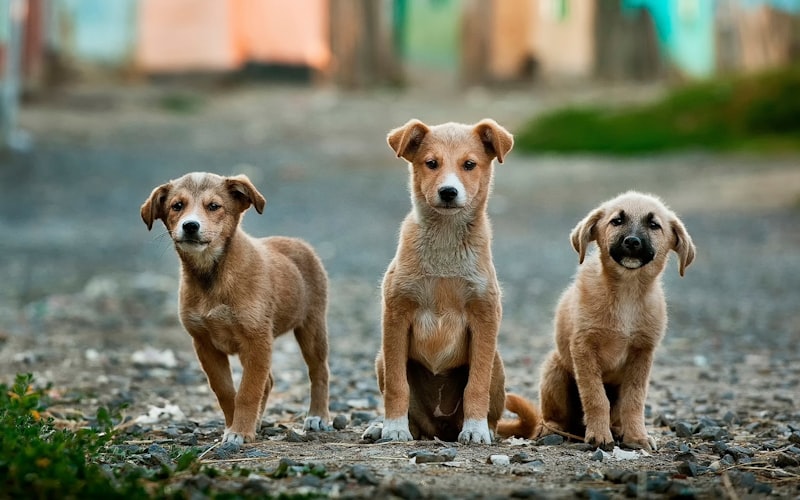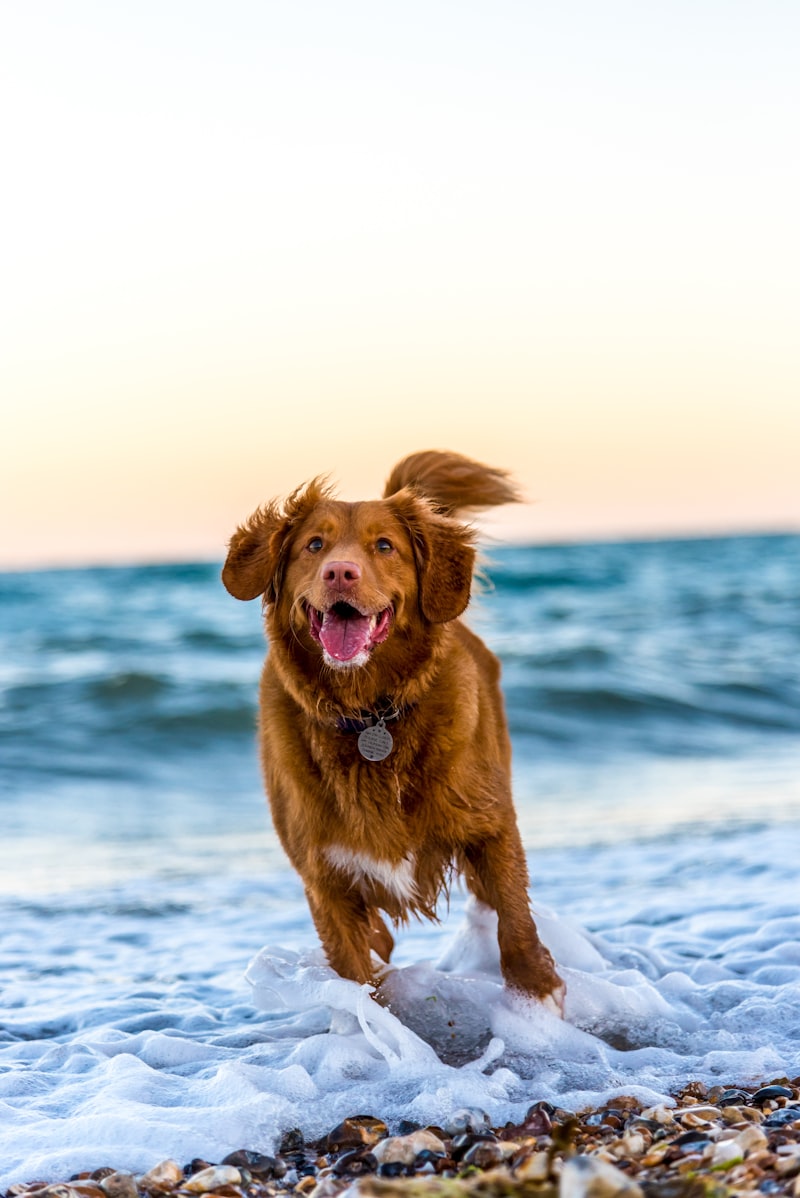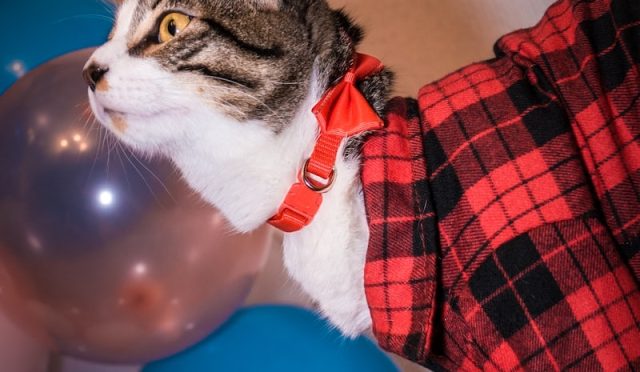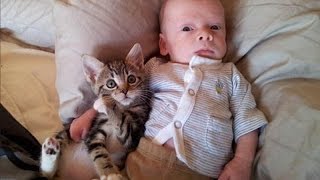Take, for instance, a low wagging tail. It might look cute, but what’s your pup really saying? That gentle sway can signal uncertainty or submission, like a shy kid in a classroom raising their hand. On the flip side, a rapidly wagging tail high in the air often radiates pure excitement and joy, much like a rock star pumping up the crowd!
Now, let’s talk about those intriguing ears. When your dog’s ears stand erect and point forward, it’s like they’re tuning into your conversation, eager and alert. But if those ears flop back like a worried feather, you might want to check for stress. Picture a friend who suddenly drops their gaze and shrinks back at a party; it’s a sign they’re feeling overwhelmed.
And what about the posture? A dog strutting confidently with head held high is feeling fabulous, but if it’s crouched low, tail tucked away like a secret, something’s up! This is their way of saying, “I’m not ready for a confrontation.”
Every bit of movement speaks volumes. So, the next time you hang out with your pup, take a moment to decode their body language. It’s a fascinating world, one that deepens the bond between you and your canine companion!
Decode Your Dog: A Beginner’s Guide to Canine Body Language
First things first, let’s talk tails. Ever see your pooch’s tail wagging like a flag on a windy day? That’s usually a sign of happiness! But hold on—if it’s rigid and held high, well, that can mean they’re feeling a bit more on the aggressive side. So, next time you’re at the park, pay attention to that tail; it’s waving you a message.
And what about those ears? When your dog’s ears perk up, it’s like they’re saying, “Hey, what’s that?” They’re alert, curious, and ready for action! On the flip side, if those ears are pinned back, your furry friend might be feeling anxious or scared. Think of it like a person crossing their arms during an awkward conversation—defensive!
Now, let’s not forget the overall posture. A dog standing tall and proud is usually feeling confident, like they just scored a big win! But if your dog is crouching low, that’s their way of saying they want to play it safe. Imagine someone hunching over when they feel threatened; your pup does the same thing.
So, the next time you’re with your dog, take a moment to observe. It’s a delightful puzzle to piece together, and it’ll strengthen your bond. After all, understanding their language can make your relationship richer, deeper, and much more fun!
The Silent Woof: What Your Dog’s Body Language is Trying to Tell You

When your dog wags its tail, you might assume it’s just a happy little dance. But did you know that the position and speed of that wag can reveal a lot? A broad wag in a relaxed position usually means joy, while a slow, low wag might signal uncertainty or submission. It’s like the difference between a joyful cheerleader and someone nervously approaching a crowd!
Then there are those big, soulful puppy eyes. If your dog looks up at you with a head tilt and those expressive eyes, they might be seeking your approval or simply trying to understand what you’re saying. It’s almost like they’re trying to crack a code only you can solve. Their ears also play a crucial role; perked-up ears often indicate curiosity or attentiveness, like a radar picking up the slightest sound.
Don’t forget about the posturing! A dog sitting low to the ground may be signaling submission, while standing tall with a puffed-up chest could be a show of confidence. It’s their way of expressing where they stand in the “pack,” whether that’s relaxed, playful, or feeling a bit threatened.
So, the next time you find yourself scratching your head over what your pooch is trying to convey, take a moment to observe. Your dog’s body language is a fascinating puzzle waiting to be solved, transforming silent woofs into a rich tapestry of communication. Isn’t it amazing how such simple signals can strengthen the bond between you and your four-legged companion?
From Wagging Tails to Ears Back: Mastering the Art of Dog Communication
Consider your dog’s wagging tail. It’s not just a happy flag flapping in the wind. A swift wag might mean excitement—think of it as your dog saying “Hey, let’s play!” Meanwhile, a slow wag can indicate uncertainty, almost like they’re cautiously tiptoeing through a conversation. Isn’t it fascinating how something so simple can reveal so much?
Now, let’s talk about ears. Those floppy or pointy wonders are emotional barometers! When your dog’s ears perk up, it’s as if they’re tuning into a secret broadcast. They might’ve heard a squirrel or your neighbor’s dog. Conversely, when those ears fold back, it’s often a sign of submission or anxiety, almost like when you’re caught in a silent standoff.
And what about body posture? If your dog is bounding towards you with a wiggly body, they’re radiating pure joy! But a stiff body and lowered head can signal fear or discomfort—like when we hunch our shoulders, feeling a bit shy.
So, next time you’re out with your pup, pay attention to these signals! Your dog is always trying to communicate, sharing their emotions and needs. Just like a skilled artist, they express themselves through a canvas of wags, barks, and nuzzles. By tuning into this language, you can create a deeper connection that’s truly doggone amazing!
Canine Conversations: Understanding the Unspoken Language of Dogs
Think about it: every wag of a tail, every flick of an ear, speaks volumes. For instance, a tail wagging furiously indicates excitement, while a slow, low wag can suggest uncertainty. It’s like a silent symphony, each gesture a note that contributes to their overall emotional score. Imagine your pup spotting another dog in the park; you can practically feel their happiness radiating through that wagging tail!
But it’s not just about body language. Dogs also communicate through their vocalizations. A gentle whine might convey that they need your attention, while a deep growl is often a warning signal. It’s the equivalent of them saying, “Hey, I’m not comfortable!” Just like us, they have their own way of expressing needs and emotions, so paying attention is key.
Then there’s that lovely urge to lean in close when they’re feeling affectionate. Dogs are masters of subtlety, and they thrive on our cues as well. When you take a moment to get down to their level, it’s like opening the door to a world where words aren’t necessary. That shared gaze, those moments of nuzzling—it’s heartwarming, isn’t it?
So, the next time you’re with your dog, slow down and observe. It’s a dance of communication that’s both enchanting and profoundly enriching. In a world dictated by words, isn’t it magical to explore a bond that speaks beyond them? 🐾
The Subtle Signals: How Dog Body Language Influences Their Behavior
Imagine your pup wagging their tail enthusiastically while you reach for the leash. That’s a plain and simple signal: “I’m ready for fun!” But what about when that same tail drops between their legs? Now, that’s a red flag that something’s off, maybe they’re anxious or scared. Dogs are masters of non-verbal cues, and understanding these subtle signals can really strengthen your bond.
Let’s dive deeper. When your dog approaches with a relaxed posture, tongue out and body slightly wiggly, they’re likely feeling confident and playful. It’s like they’re saying, “Hey, let’s play a game!” On the flip side, when they stiffen up with a direct stare, it can be like a neon sign flashing “I’m not happy right now.”
Think of their ears too; perked ears can signal excitement or alertness, while ears pulled back might indicate submission or fear. You wouldn’t want to miss these cues! Knowing how to read these signals will help you respond appropriately, making your interactions smoother and more joyful.
Tail Tales: Unraveling the Mysteries of Your Dog’s Body Language
For starters, let’s talk about that wagging tail. It’s not just a cute accessory; it’s a mood ring for dogs! A low, subtle wag might mean your pup is feeling shy or insecure, while a full-on waggle with a little cheeky twist in the hips usually screams happiness. Could your dog possibly be a tail-wagging enthusiast? You bet!
Now, how about those ears? Your dog’s ears are like antennas, picking up on your emotions and the environment. If they’re perked up and alert, your pooch is all ears for something exciting—maybe a squirrel or your voice calling them for treats! On the flip side, ears pinned back can signal fear or submission. It’s like they’re saying, “Hey, I come in peace!”
And let’s not forget the importance of posture! A confident dog walks with a swagger, tail held high and chin up, while a nervous one might hunch down as if trying to make itself invisible. Watching your dog’s body language is like reading a book—each gesture tells a story. So, when your furry buddy starts spinning in circles or play-bowing, they’re inviting you to join in the fun!
The next time you catch your pup in action, take a moment to tune in to their unique body language. You’ll find that there’s a whole world of emotions just waiting to be discovered!
Beyond Barking: The Essential Guide to Reading Your Dog’s Body Cues
First off, let’s talk about that wagging tail. You might think, “Oh, my pup is happy!” But wait—tail wagging isn’t always just joy. A rapid, wide wag usually means excitement, while a slow wag with the tail held low can indicate uncertainty or anxiety. It’s like reading a traffic light; green means go, but red? You better stop and check why your dog feels that way!
Now, those ears—oh boy! Ears perked up and facing forward? Your dog is curious or alert, soaking in their environment. But if they’re pulled back against their head? Yikes! That’s a sign of fear or submission. Imagine a shy person trying to make themselves smaller in a crowded room; that’s your dog right there.

What about that classic head tilt? When your pup cocks their head to the side, it’s as if they’re saying, “Huh? Tell me more!” It shows they’re engaged and trying to understand you. But if they turn away and avoid eye contact? It might be their way of saying they’ve had enough. Just like us, sometimes dogs need a little personal space.
So, next time your furry friend is around, pay close attention. Every wag, twitch, and tilt is brimming with meaning, and tapping into this canine chatter is a game changer in your relationship. It’s like uncovering a whole new world, just waiting to be explored together!






